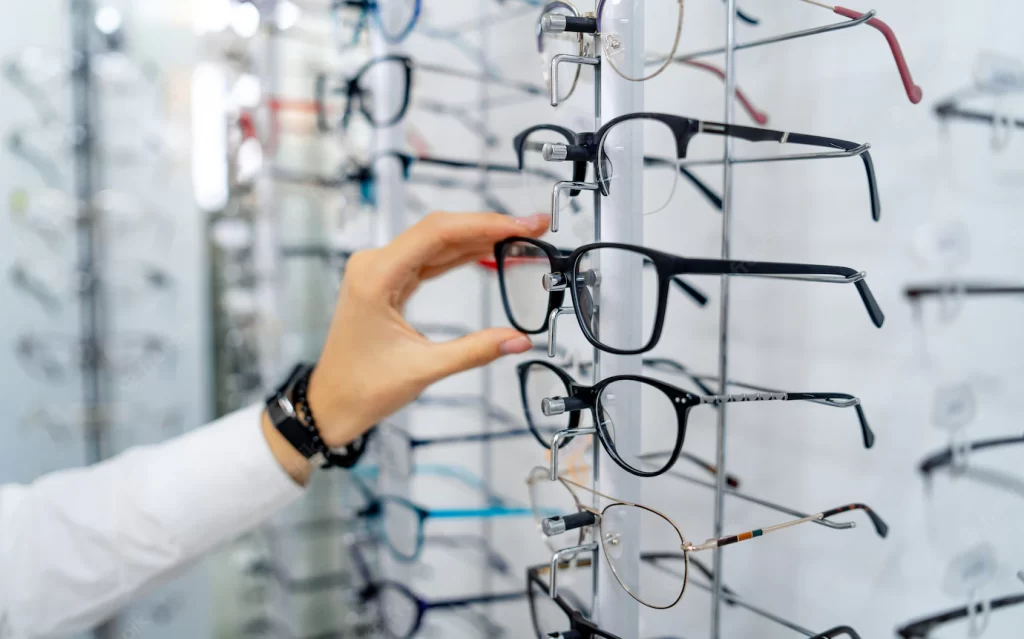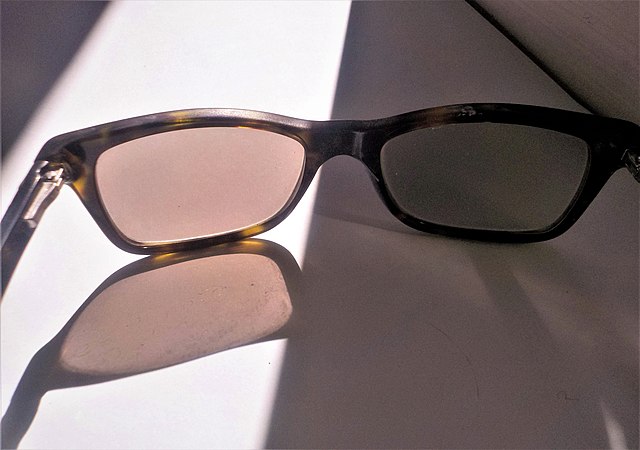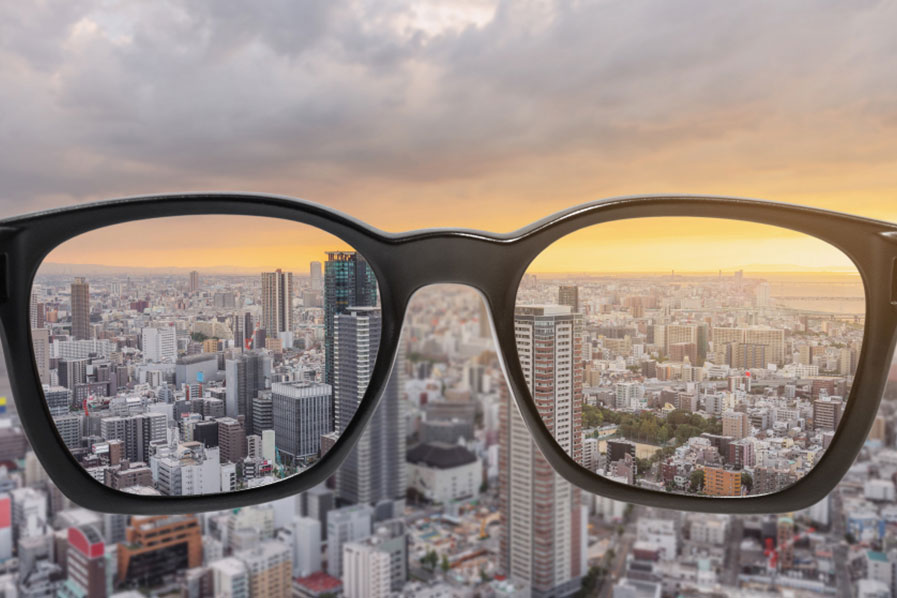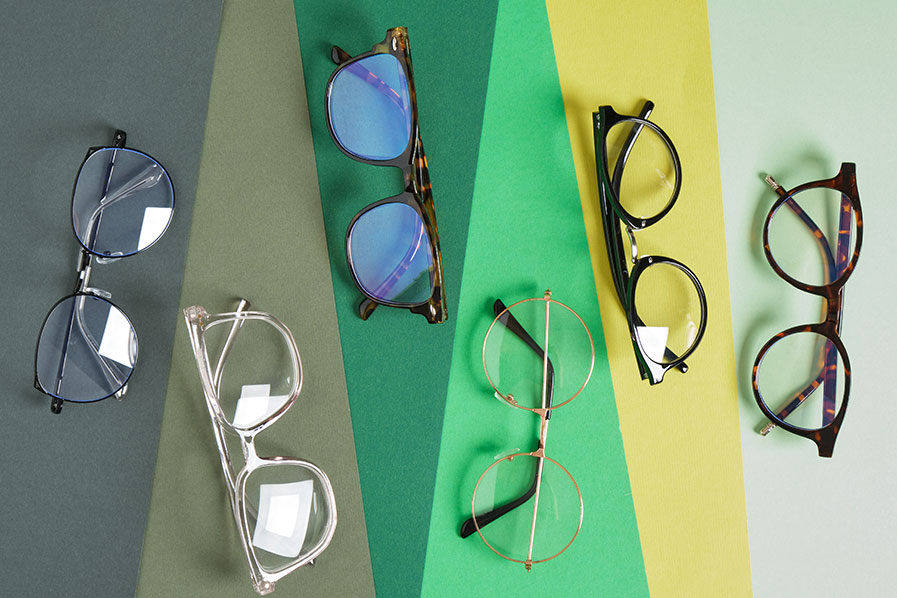
This progressive has a progressive that is designed specifically for it. The only difference between each pair of standard progressive lenses is the patient’s individual prescription. If you and your spouse both wear progressive lenses, for instance, you will both essentially have the same progressive design; the only thing that will be different is the prescription for each of your eyes.
The BDP Advanced progressive is a digital custom progressive design, and the design is not created until the lab receives the frame shape, size, and measurements in addition to your prescription and prescription measurements. This is because the BDP Advanced progressive is a digital custom progressive design. This helps to ensure that the progressive lenses are the greatest fit possible for both you and your prescription when combined with that particular frame.

The lenses made of polycarbonate are both thinner and lighter than those made of glass or plastic. They come with UV protection and scratch resistance already built in. When compared to lenses made of glass or plastic, polycarbonate lenses are significantly more resistant to shattering and have a higher tolerance against chipping and cracking.

Transitions lenses are designed to automatically alter and adapt to shifting light conditions, which helps protect wearers’ eyes from the sun’s potentially damaging ultraviolet rays. These lenses offer complete UV protection; nevertheless, they should not be used in place of sunglasses. Although transition lenses are well-known for their ability to transform into clear lenses when worn indoors and into sunglasses when worn outside, drivers should always have a pair of prescription sunglasses on hand.

The functionality of TransitionsXTRActive lenses is fairly comparable to that of normal Transitions lenses. The capacity to create a darker environment behind the windshield of a car is the primary distinction. These lenses are activated by both ultraviolet (UV) and visible violet (VV) radiation. These Transitions lenses will get darker outside due to the increased amount of rays that darken the lenses; they will have a moderate tint when they are inside a vehicle; and they will always have a subtle gray tint on them when they are inside a building to help combat glare from the various artificial lighting sources.

Glare-free lenses help to remove false reflection, giving the appearance that your glasses are not present even while they are helping to correct your vision. This coating is ideal for use while driving at night, working on a computer, or performing other tasks while working in fluorescent lighting. When you get superior glare-free lenses for your glasses, not only will they be easier to keep clean and more resistant to scratches, but they will also come with a warranty that covers replacement for one full year.

You just need one pair of glasses if you have bifocal lenses because they allow you to see clearly both far away and up close. The reading area on these lenses is often shaped like a half moon and is located at the bottom of the lens. These glasses are ideal for someone who not only needs to have their distance vision corrected but also struggles to read. This is also an excellent substitute for the use of reading glasses. Bifocal lenses are designed to be worn continuously throughout the day, which eliminates the need to carry around two separate sets of eyewear.

You just need one pair of glasses if you use trifocals since they allow you to see clearly at three different distances: far away, close up, and at a computer screen. These lenses are extremely comparable to bifocal lenses, with the distinction that they elevate the computer distance to a position above the reading area.

In some circles, progressive lenses are sometimes referred to as no-line bifocals or trifocals. The discontinuities (image-jumps) in the glasses that are caused by lined bifocal and trifocal lenses can be avoided with the help of these lenses. These lenses have a tendency to be more visually appealing due to the fact that they resemble the appearance of a pair of glasses designed for single vision. Once an individual has been accustomed to the lens design, progressive lenses provide the most accurate simulation of normal eyesight possible. However, getting used to the lens design might take some time.